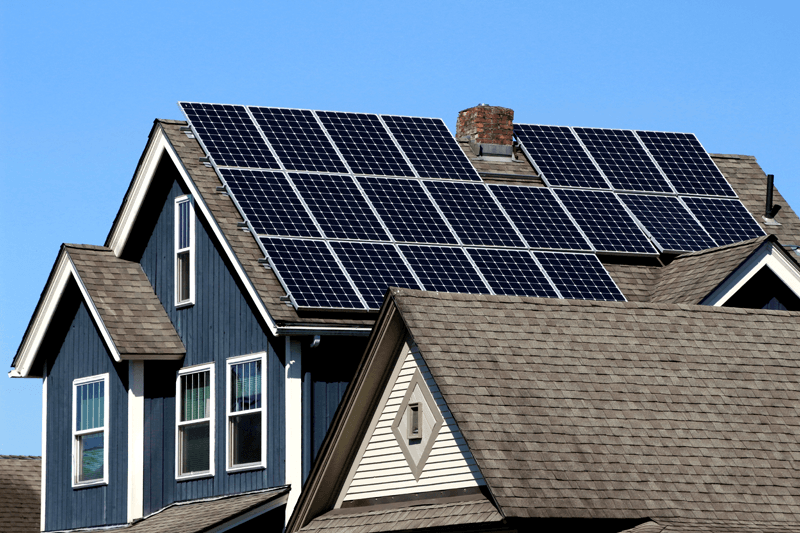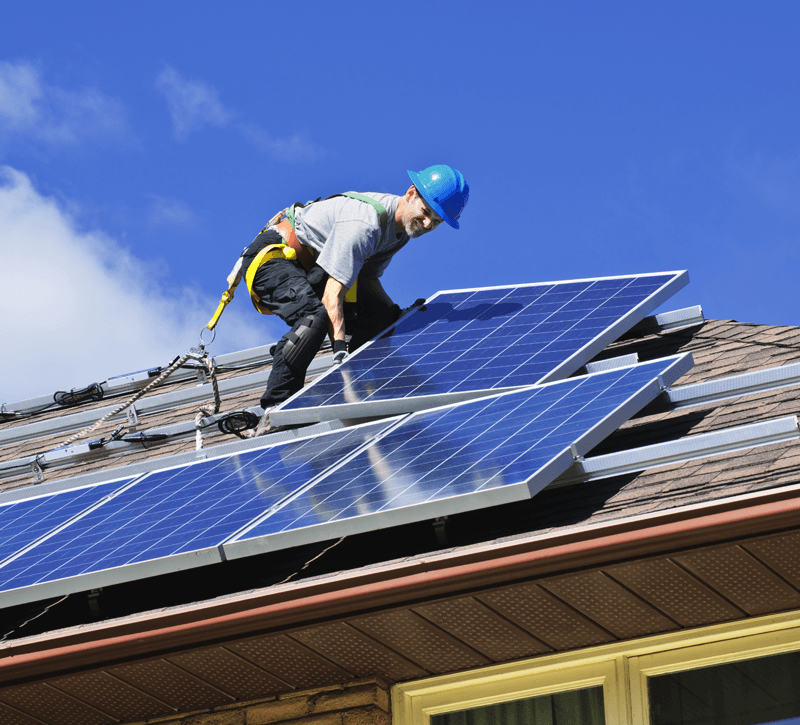A solar power system is an electrical power generating system which makes use of conversion of photovoltaic (PV) cells into energies through solar panels, instead of the conventional and traditional electromechanical power generating systems that most households, commercial buildings and industrial establishments utilize.
While a solar power system generates electricity when it is exposed to the sunlight, there are several other elements involved and required to properly and efficiently convert, distribute, control and store these energies produced by the PV cells.
Based on the operational and functional requirements of the solar power system, the major specific elements which are mandatory can include the power inverter and the battery bank.
Presented here are the basic components and technologies necessary for a solar power system to function effectively.


PV arrays should be lodged on a durable and stable structure which can support them, despite the threats of extreme weather conditions over the years. These support structures will tilt the PV arrays at specific and immovably secure angles, which will be identified and determined by the orientation of the support structure and the electricity requirements of the home or building to be powered by the solar power system.
The DC-AC power inverter is used to convert direct current (DC) electricity, which is generated by the solar PV cells into alternating current (AC) electricity, which will be used for the transmission and distribution of electricity into household appliances or building equipment, among other devices and implements found within your residence or commercial establishment which function and run on electricity.
A solar power system may operate on only one DC-AC power inverter or on microinverters.
The use of only one DC-AC power inverter is, for the most part, less costly, and a single DC-AC power inverter can be easily cooled down and serviced whenever needed while a microinverter permits for an independent operation of each solar panel. The latter can be useful, particularly when some solar panels are shaded and thus are receiving less sunlight.
The DC-AC power inverter may need to be replaced at least once within the expected 25-year lifespan of the PV arrays.
The battery bank for storage of solar PV energies should prove to be very useful. It will enable you to make use of your solar power system, even at night. Aside from your solar system’s continuous use in the evening, the stored electrical power in the battery bank can guarantee you use of the solar system whenever inclement weather strikes and the sun does not come out or on days when not enough sunlight reaches the PV arrays.
The battery bank for storage of solar PV energies also play an important role for utilities because you, the consumer, feed solar energies back into the grid, so the battery can store its energy supply and be brought back into your household or building at a later time.
Therefore, the increasing use of a battery bank in solar systems will help stabilize the electrical grid.


Are you planning on getting a solar PV system installed in your home? Do you prefer the grid system or the off-grid system? Learn more about these types of solar systems from the electricians of Powertec Electric Inc. We have the best electrical contractors in Manitoba to educate you more on the advantages of Winnipeg solar technology. Choose to work with us and we guarantee you efficiency of installation and great results of the solar system of your choice.